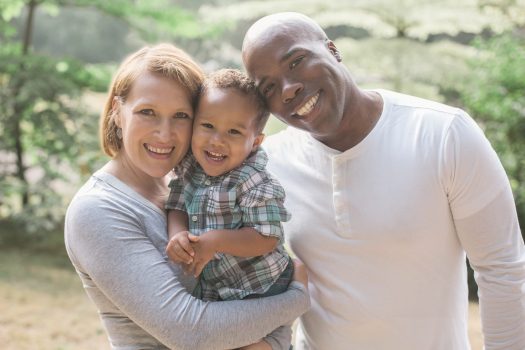This is the second part of a three-part blog series. Click here to read part one.
Education professionals desire quality resources and information related to dual language learners. In order to provide that, we reached out to Elizabeth D. Peña, Ph.D. at the University of California, Irvine. Dr. Peña, a certified Speech-Language Pathologist, is a professor in the School of Education. She is also an American Speech Language Hearing Association Fellow. Her research focuses include bilingualism, language impairment, language development, and assessment bias & measurement. In this three-part blog series Dr. Peña hopes to answer your questions and help dispel common myths.
1. In dual language families, should family members promote the use of both languages in the home? How can providers support and encourage parents to continue using the home language and dispel fears that their child’s language challenges are related to their dual language status?
I think persistence is the key. If a family speaks a language that is different from the community language, the best thing to ensure bilingualism is to continue using the home language. Using the one-person one-language strategy if both partners are fluent in different languages can promote bilingualism. Care must be taken to ensure that use of this strategy does not result in both parents speaking the community language. Children need exposure to a language to learn it, and casual exposure probably will not be enough.
Opportunities for exposure to the home or family language might include: play groups, Saturday classes, after school programs, and bilingual schools. The presence of a variety of people the child hears speaking a language and with whom they interact in that language, will increase children’s ability to learn the language.
As children get older, it is important to think about academic opportunities to learn the home language, especially reading and writing. Reading and writing exposes children to complex vocabulary, grammar, and ideas. Even listening to books provides exposure to higher level academic language.
There are several blogs that I recommend:
- 2 Languages 2 Worlds: This is my blog, where my colleagues and I post frequently about bilingualism.
- Barbara Zurer Pearson’s Blog: This is a great blog on raising children bilingually. Additionally, her book Raising A Bilingual Child is excellent.
- Bilingual Monkeys: This blog offers great, practical advice for raising bilingual children.
2. What online resources (or resources that families can easily access via local libraries) are available for families of dual language learners who also have a disability?
It can be difficult to tell the difference between resources that are based on data and resources based on opinion. However, some quality resources I recommend can be found at these links:
- Growing Up Bilingual – 10 Article & Studies Supporting Bilingualism in Children with Disabilities
- Bilingual Kidspot – Bilingual Children with Autism, Downs Syndrome and other Developmental Delays
- Psychology Today – Supporting Bilingual Children with Special Education Needs
3. When the adults around the child, whether it is their parents or teachers, are fluent in only one language, what can they do to support the child towards making progress in their communication and speech development?
The best way to support a child is to talk with him or her. Listen to them, focus on meaning and ideas; Expand on their ideas and meaning; Don’t correct them, but provide models so they can learn how to form correct sentences; Support their use of two languages in their lives. I think that letting families know that it is a good thing to learn two languages will go a long way toward supporting their efforts with their children.
To jump to part three in this Ask an Expert series click here.
Image from Pixabay.com, CC0













